Affiliate links on Android Authority may earn us a commission. Learn more.
MediaTek vs Snapdragon: Everything you should know about the two companies
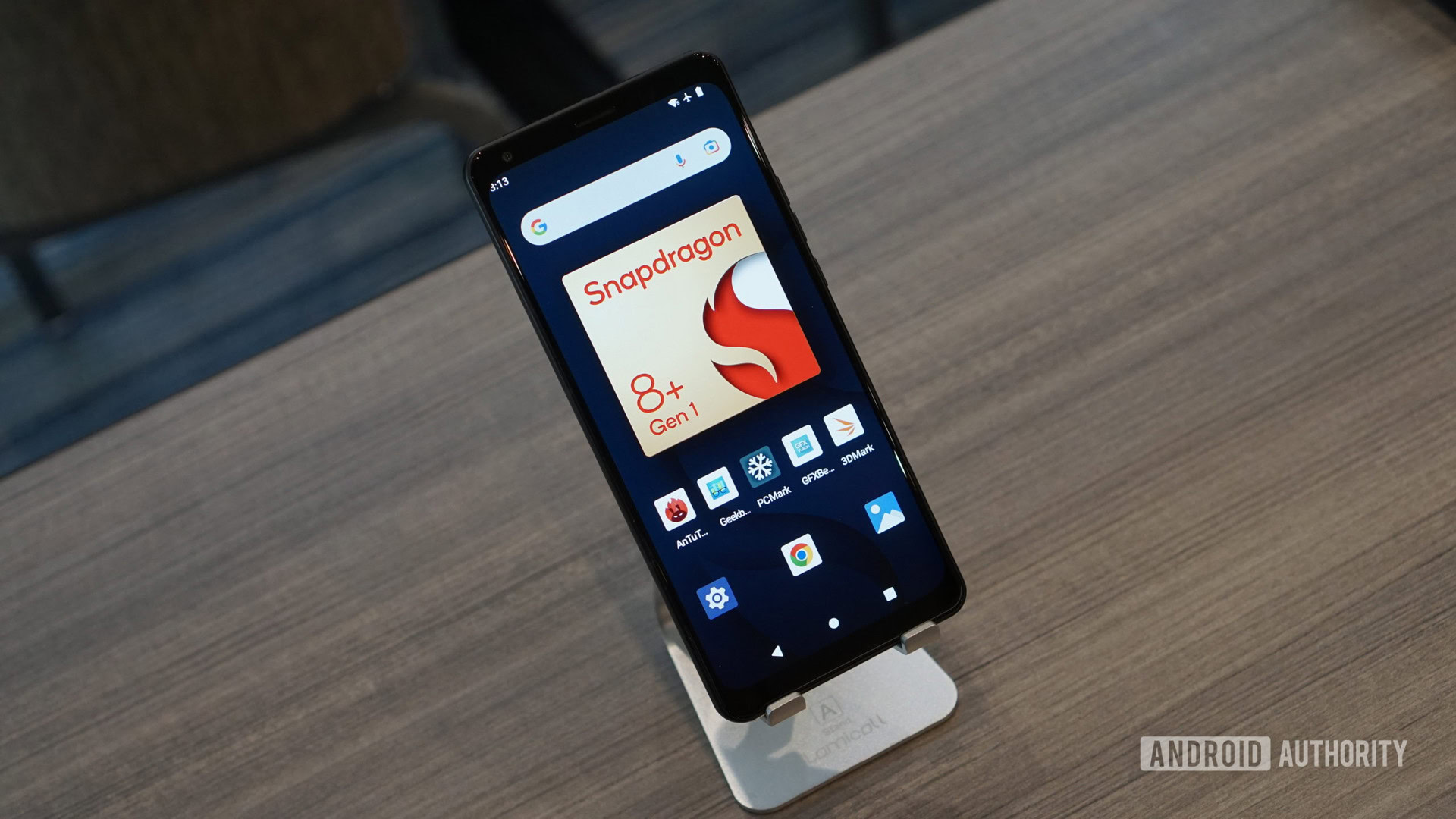
Samsung and to a lesser extent Google are the only Android manufacturers regularly producing in-house processors. Everyone else turns to Qualcomm and MediaTek for their mobile chip needs.
The two companies have been the dominant third-party smartphone chipset providers for years now, following the withdrawal of players like Texas Instruments, Intel, and ST-Ericsson’s NovaThor.
We’ve put together a handy primer on the MediaTek vs Qualcomm, covering their differences and reasons why a company would opt for one or the other.
What to know about Qualcomm
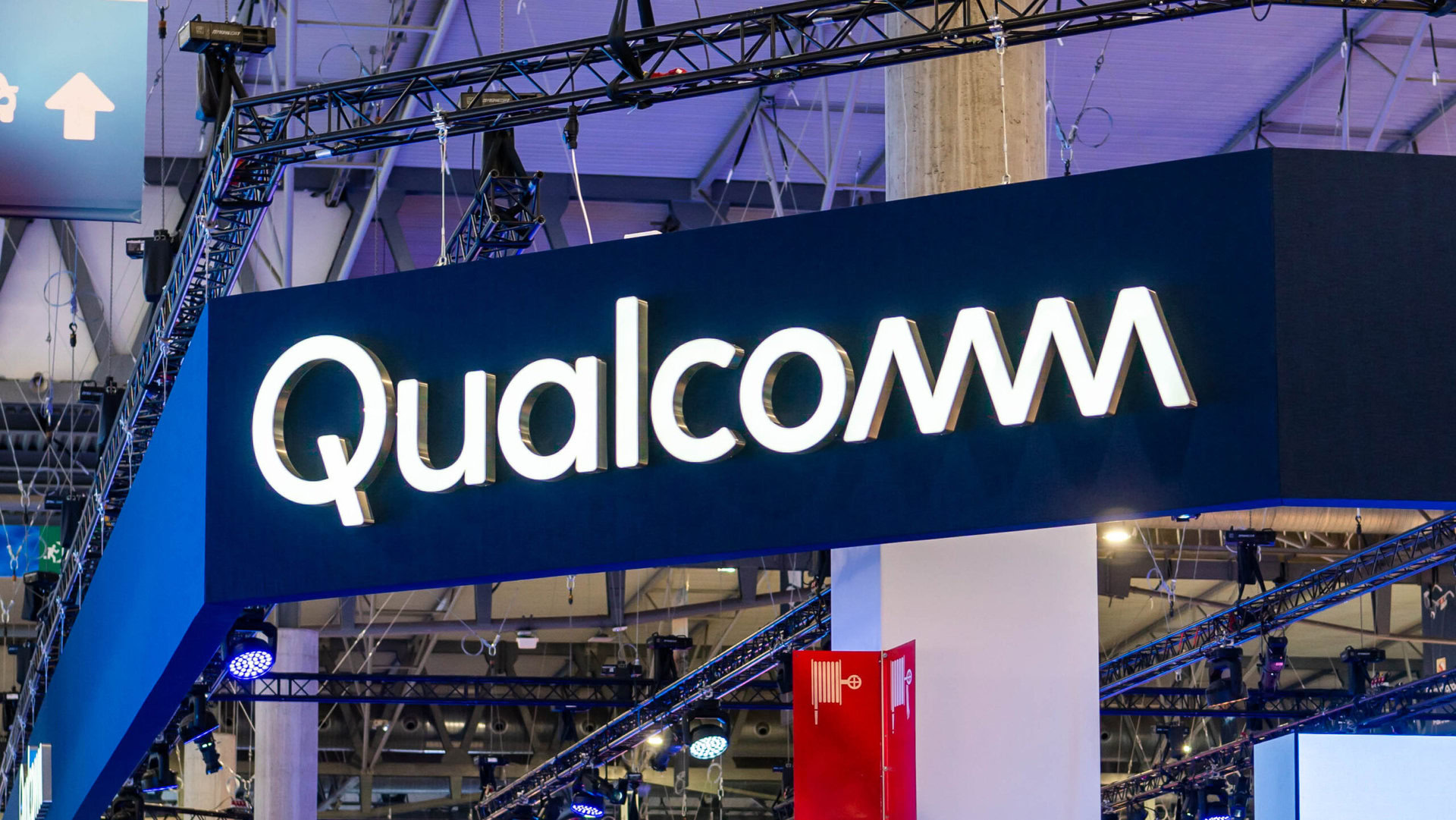
Qualcomm is arguably the most well-known Android processor maker on the market, being the chipset provider of choice for flagship smartphones for well over a decade now. In fact, chances are high that if you have a flagship Android phone, it has a Qualcomm Snapdragon processor.
The chipmaker also has a rich variety of low-end and mid-range chips, finding their way into all sorts of budget phones. But it’s lost some global market share to MediaTek in these segments.
MediaTek is the most popular Android phone processor brand around, but Qualcomm owns the high-end space.
Qualcomm has also long been a leader when it comes to wireless connectivity, offering comprehensive 5G support in both sub-6GHz and mmWave flavors. Meanwhile, MediaTek’s first mmWave processor only launched in mid 2022.
Some of the most prominent high-end Snapdragon processors on the market include the Snapdragon 8 Gen 1 series, the Snapdragon 888 series, and the Snapdragon 870. Other notable chips from the company include the mid-range Snapdragon 7 Gen 1 and Snapdragon 778G, as well as the low-end Snapdragon 480 series and Snapdragon 695.
What to know about MediaTek
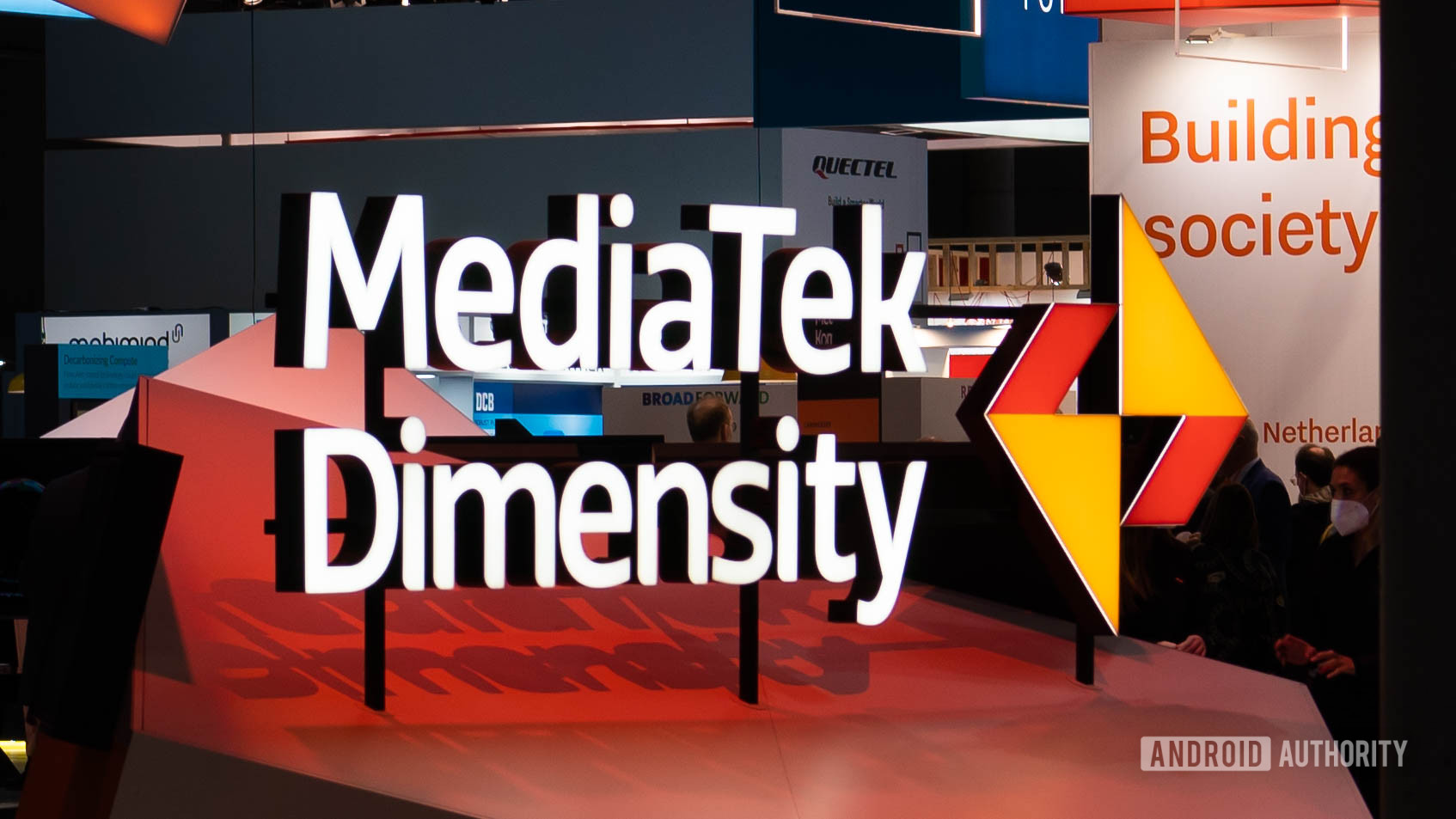
Taiwan’s MediaTek rose to prominence in the early 2010s, and it’s now the world’s most popular chipmaker according to tracking firm Canalys. This is largely due to the company focusing on the low-end and mid-range segments.
The chip designer attempted to target the flagship space in the mid 2010s but received a drubbing from Qualcomm at the time. It then took a sabbatical and focused on the mid-range and budget space. MediaTek would return to the high-end space in 2020, culminating in its latest high-end processors rivaling Qualcomm’s flagship silicon.
Some of the most notable MediaTek processors include the top-end Dimensity 9000 series, the mid-range Dimensity 8100, and the low-end Dimensity 700.
MediaTek vs Snapdragon: How do the CPUs differ?
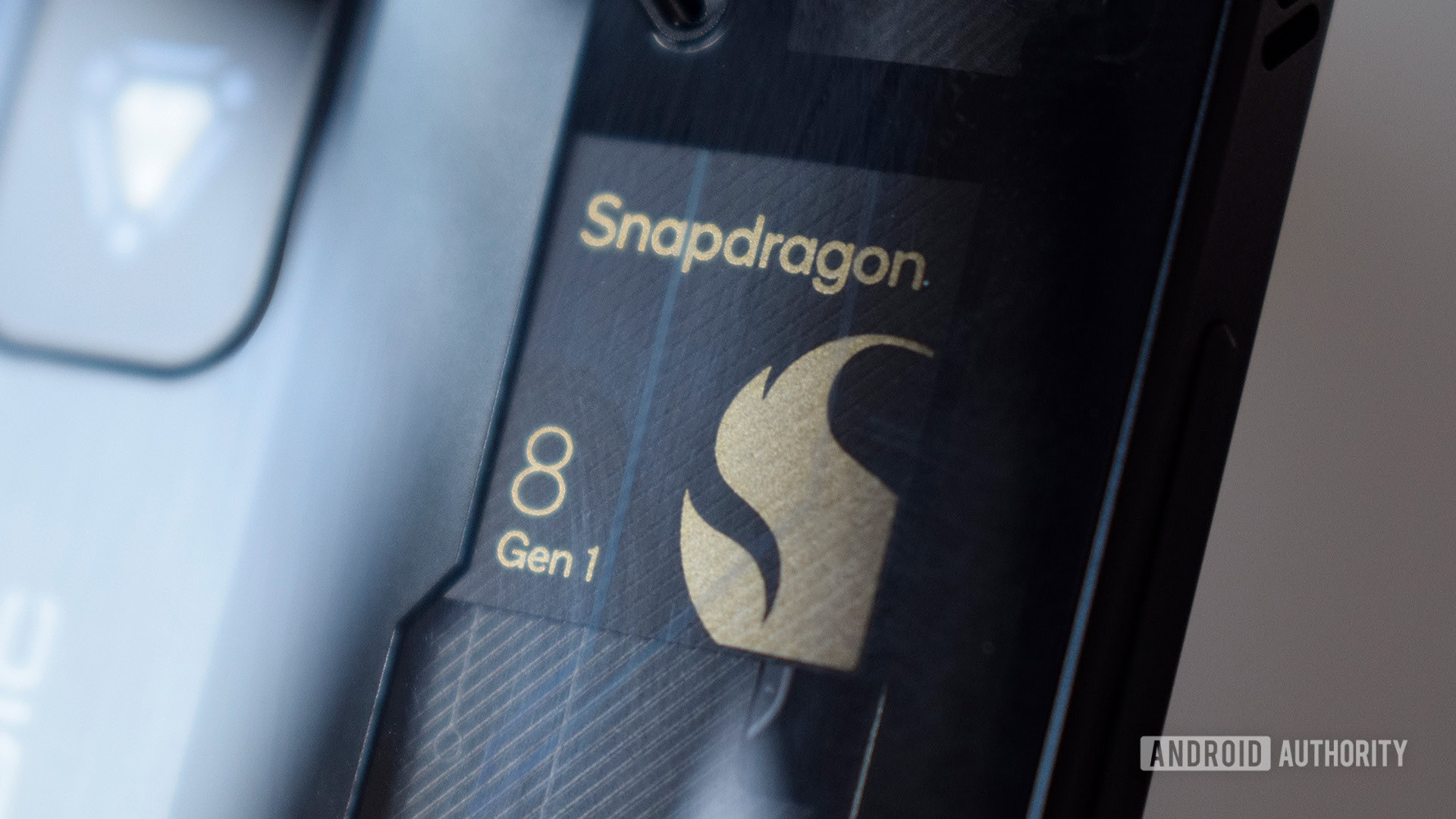
When it comes to the all-important CPUs, Qualcomm has a history of creating its own Kryo cores. Since 2017, however, the company has settled on semi-custom designs (dubbed Kryo Gold or Kryo Silver). These designs are based on standard Arm CPU cores, with a few tweaks for power consumption and performance.
Meanwhile, MediaTek uses standard Arm CPU cores for its processors, although it doesn’t seem to modify them to the same degree as Qualcomm.
Qualcomm used to have the better of MediaTek when it came to high-end CPUs, but the two are on equal footing now.
Qualcomm has generally used the latest and greatest Arm CPU cores for its flagship processors, namely the Cortex-X series. However, it was arguably a step behind when it came to budget silicon up until the last couple of years. The situation was reversed for MediaTek for the longest time. It did a pretty good job of bringing recent CPUs to the mid-range but has only adopted the top-end Cortex-X CPUs for its flagship silicon this year.
The long and short of it is Qualcomm and MediaTek are now on the same page when it comes to CPU technology and horsepower. But Qualcomm is also preparing to adopt custom CPUs in the next couple of years following its acquisition of Nuvia.
MediaTek vs Snapdragon: What about GPUs?

GPUs are arguably Qualcomm’s biggest advantage, thanks to its secretive Adreno graphics technology. This was borne out of Qualcomm’s acquisition of AMD’s handheld graphics chip business (Adreno is an anagram of Radeon, AMD’s graphics brand).
The company’s Adreno GPUs have traditionally trumped Arm’s Mali GPUs used in MediaTek processors and earlier Samsung chips. For example, 2020’s Snapdragon 865 series handily beat the Samsung Exynos 990 processor in GPU testing. This gap was reduced last year when we tested the Snapdragon 888 versus the Exynos 2100, but Qualcomm’s chip still emerged victorious.
More reading: The beginner’s guide to console emulation on Android
So how do the most recent chipsets fare? Well, the Snapdragon 8 Gen 1 family traded blows with the MediaTek Dimensity 9000 Plus in our own testing. But the difference was pretty small for the most part. So a phone powered by either GPU will offer a great experience.
Aside from sheer horsepower, Qualcomm has also traditionally pipped Arm’s GPUs when it came to features such as variable rate shading and volumetric rendering. In saying so, MediaTek’s most recent chip has implemented quirky graphical features like software-based ray tracing. But this is a very niche feature and not on par with hardware-based solutions.
What about machine learning?
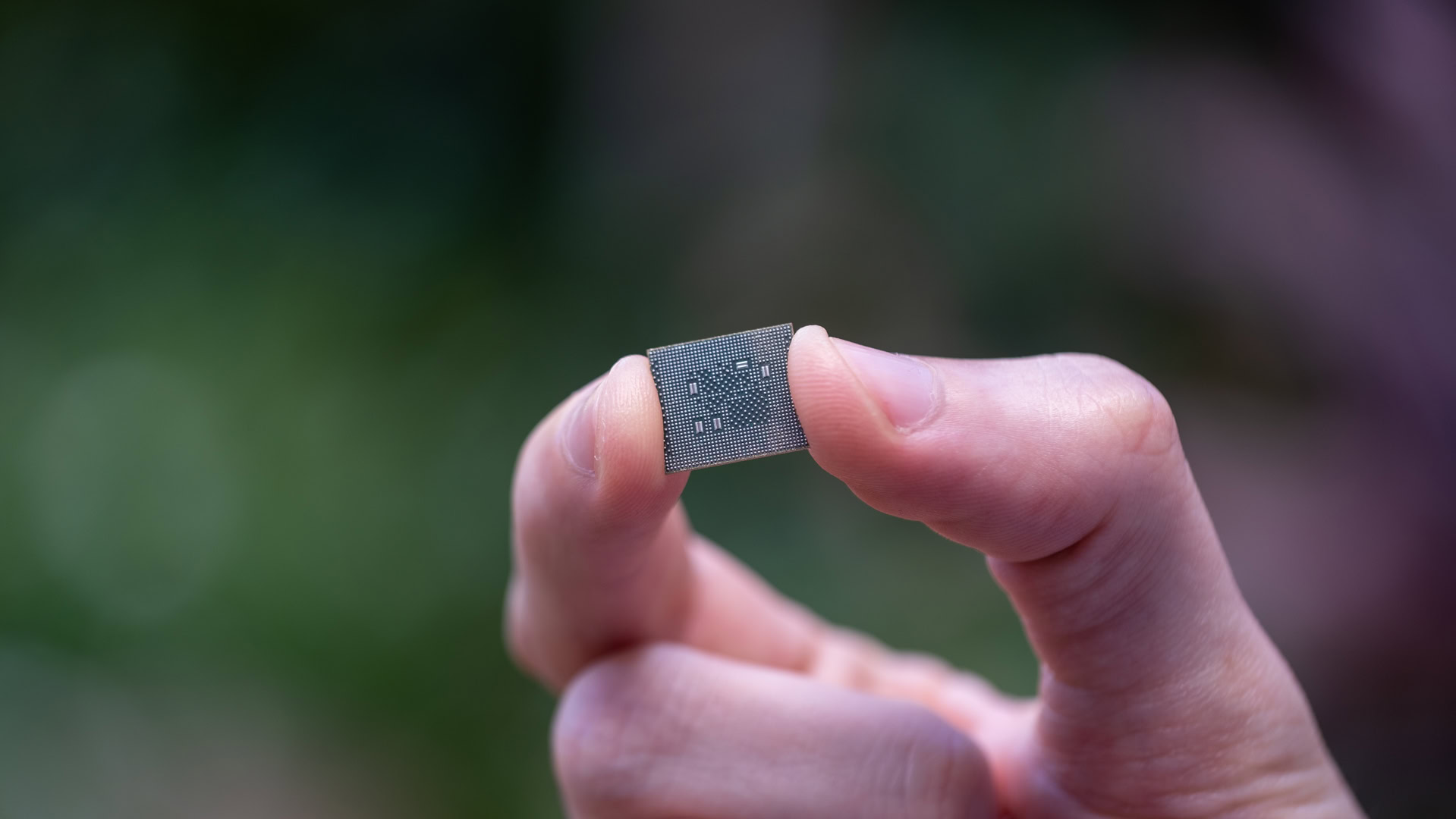
Qualcomm was a little late to the AI hardware game, using the Hexagon digital signal processor (DSP) for machine learning tasks instead. The DSP usually handles tasks related to audio, photography, and connectivity, but the company tuned the chip (along with its CPU and GPU) for machine learning.
The company still leans on the DSP for machine learning on its cheaper processors, but flagship processors have enjoyed a so-called Tensor Accelerator chip since 2019’s Snapdragon 855. In fact, this bit of silicon has also found its way into some mid-range processors.
Both companies offer some impressive machine learning hardware in their processors.
MediaTek, on the other hand, brought a dedicated AI processing unit (APU) to mid-range phones with the launch of the Helio P60 chipset in 2018. The APU brings features like smart scene recognition, better facial recognition, and more to mid-range phones.
APUs have since arrived in MediaTek’s recent high-end processors, such as the Dimensity 1000 series, Dimensity 1200, and Dimensity 9000.
Developer support and updates
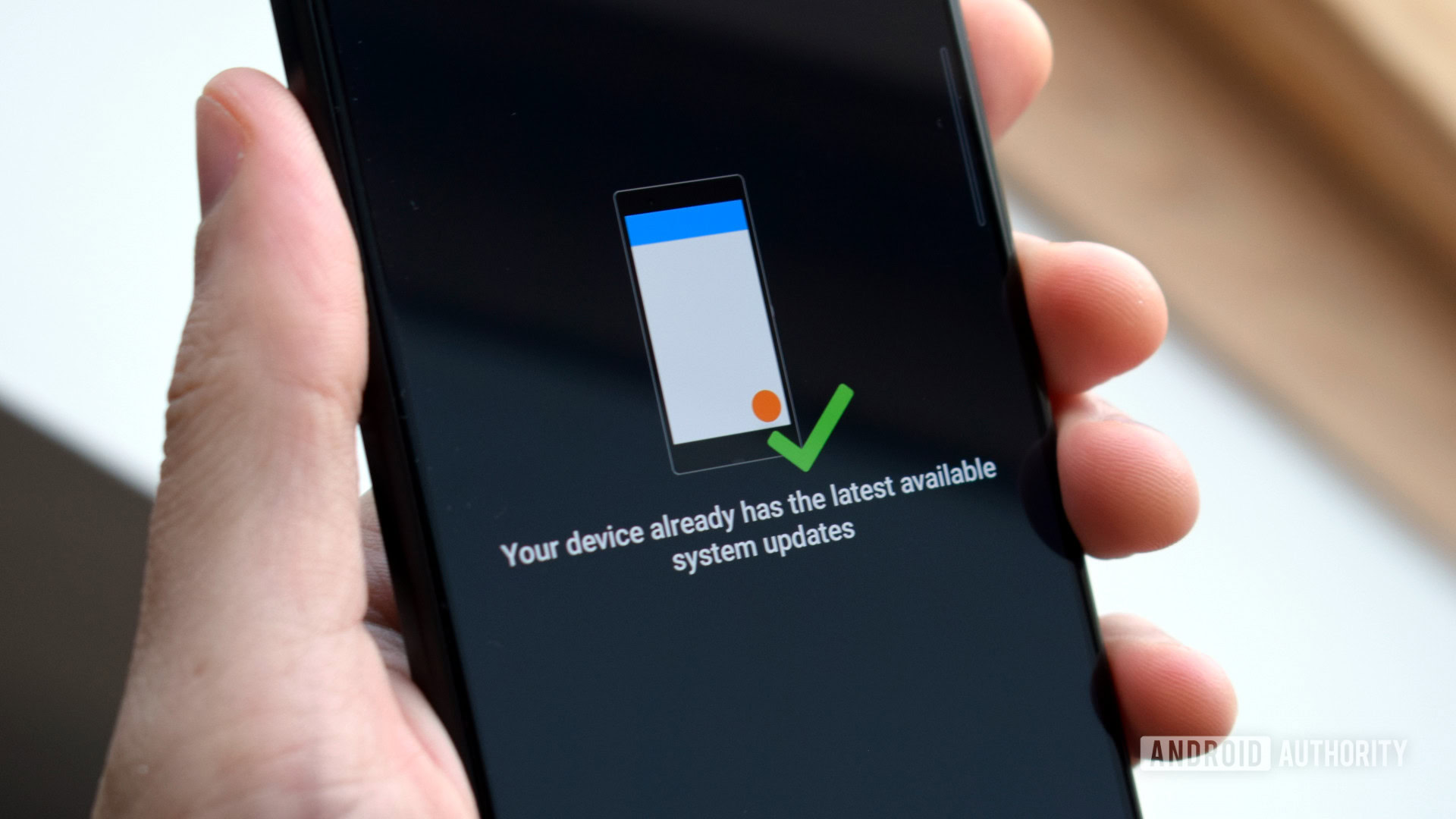
If you’re planning to flash a new ROM on your phone, Qualcomm-equipped phones have traditionally been the go-to option. MediaTek phones garnered a poor reputation many years ago for developer support (or the lack thereof) compared to Qualcomm. The issue seemed to revolve around the company’s policy for releasing source code, which wasn’t as straightforward as the US chipmaker.
More chip coverage: The best Android smartphone processors in history
MediaTek chips were also considered a bad choice for enthusiasts as phones powered by these chips had a reputation for tardiness or missing system updates. However, loads of low-end devices have traditionally used their chips, and budget phones often don’t enjoy many system updates in the first place (regardless of chipmaker). We don’t really see many complaints about MediaTek phones and system updates these days.
It’s also worth noting that game developers tend to support Qualcomm’s Adreno GPUs first rather than other GPUs. We saw this with Diablo Immortal, which had serious issues on Samsung’s Exynos processors and some MediaTek SoCs but ran fine on Snapdragon phones. But the vast majority of games should offer performance on MediaTek chips that’s in the same ballpark as the equivalent Snapdragon chipset.
Qualcomm and MediaTek devices
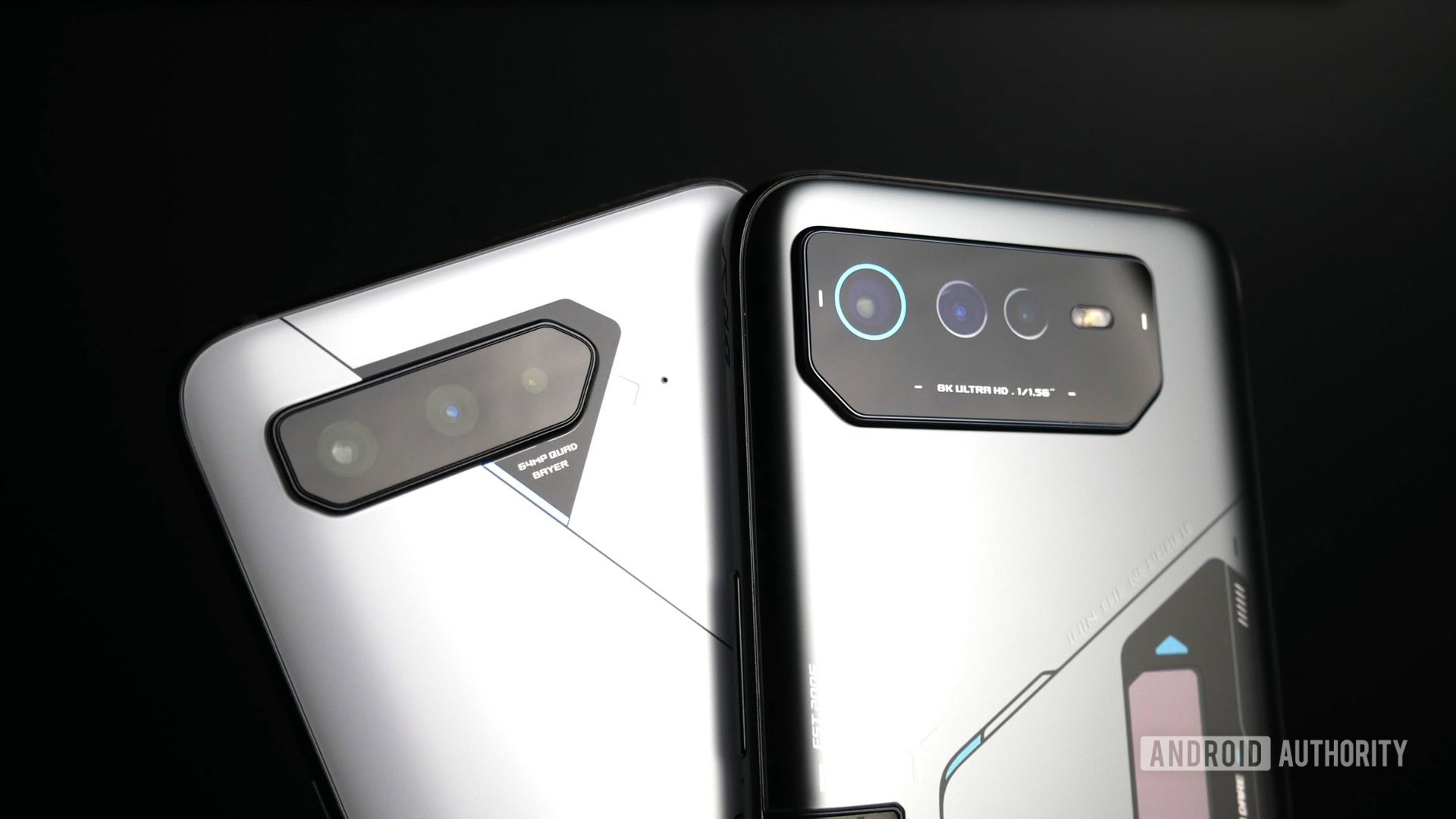
MediaTek is a firm fixture in the entry-level tier, with plenty of sub-$300 phones using its chips. Manufacturers with cheap MediaTek phones include Nokia, Xiaomi, and Samsung.
There are also plenty of Snapdragon-powered phones in the budget space, but MediaTek still accounts for the lion’s share. Nevertheless, brands like Xiaomi, Samsung, OPPO, and others all have Snapdragon-toting budget handsets.
There's no shortage of Qualcomm or MediaTek devices out there, but Qualcomm owns the high-end segment.
Move up to the flagship arena and you’ll find that this segment is dominated by Qualcomm and its Snapdragon 8 series. MediaTek does account for some devices in this segment, but they’re mostly restricted to China. In fact, pretty much every foldable phone on the market is powered by a Snapdragon processor.
Notable MediaTek phones
Notable Qualcomm Snapdragon phones:
MediaTek vs Snapdragon: Which one is better?
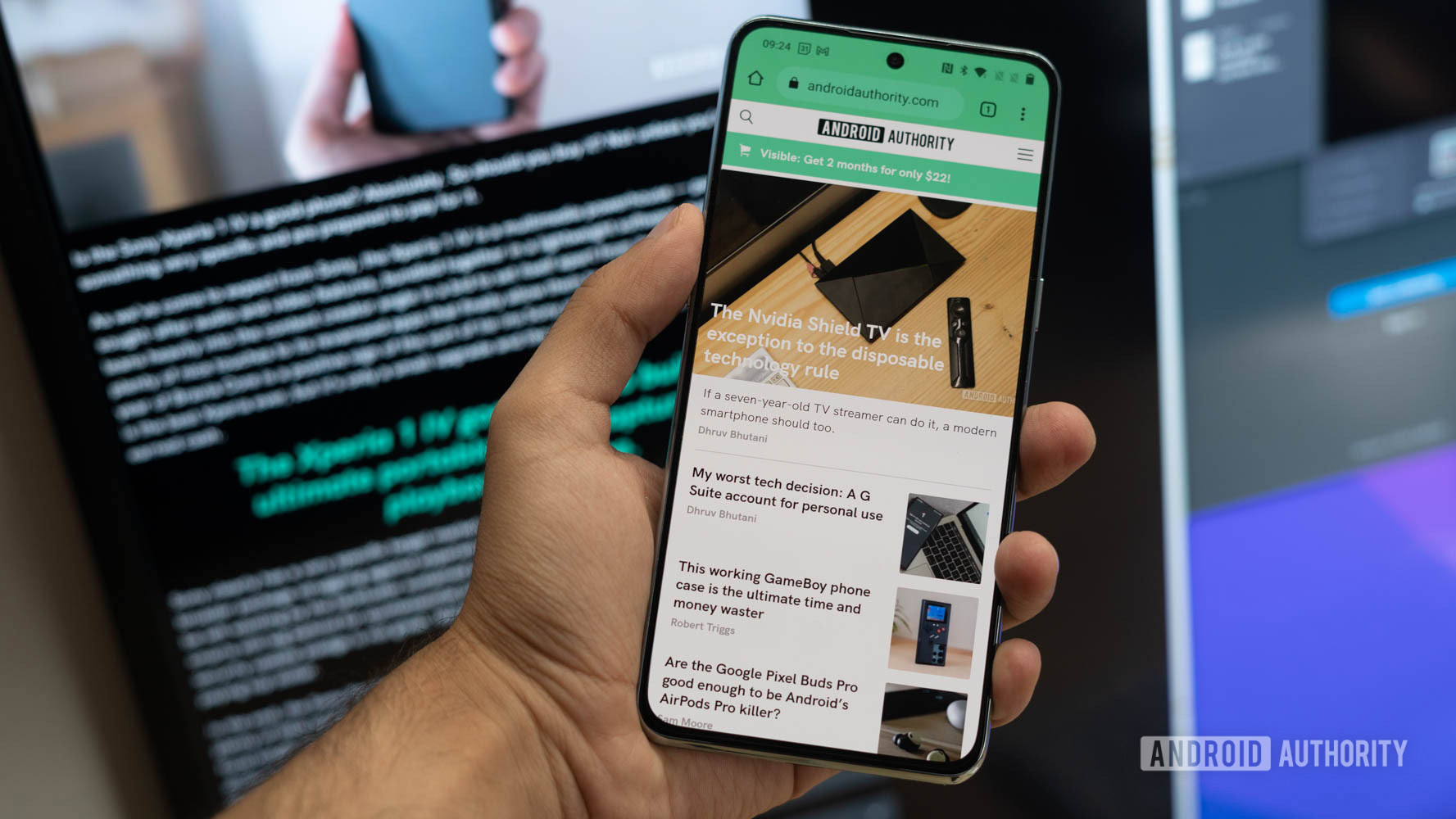
Ultimately, there’s far more to buying a smartphone than which chipset it uses. Would you buy a powerful phone with no features, or a mid-range phone with great cameras, water resistance, and a microSD card slot? It all depends on your priorities.
If you’re planning to tinker with your phone’s inner workings or want maximum compatibility with games and apps, then Qualcomm phones have been the go-to choice for a while now. But 2022 has also seen MediaTek-powered flagship phones that are just as powerful as Snapdragon flagships.
The mid-range bracket is murkier though, but you can’t go wrong with either company when you’ve got capable chips like the Snapdragon 870, Dimensity 8100, Snapdragon 7 Gen 1, and Dimensity 1300.